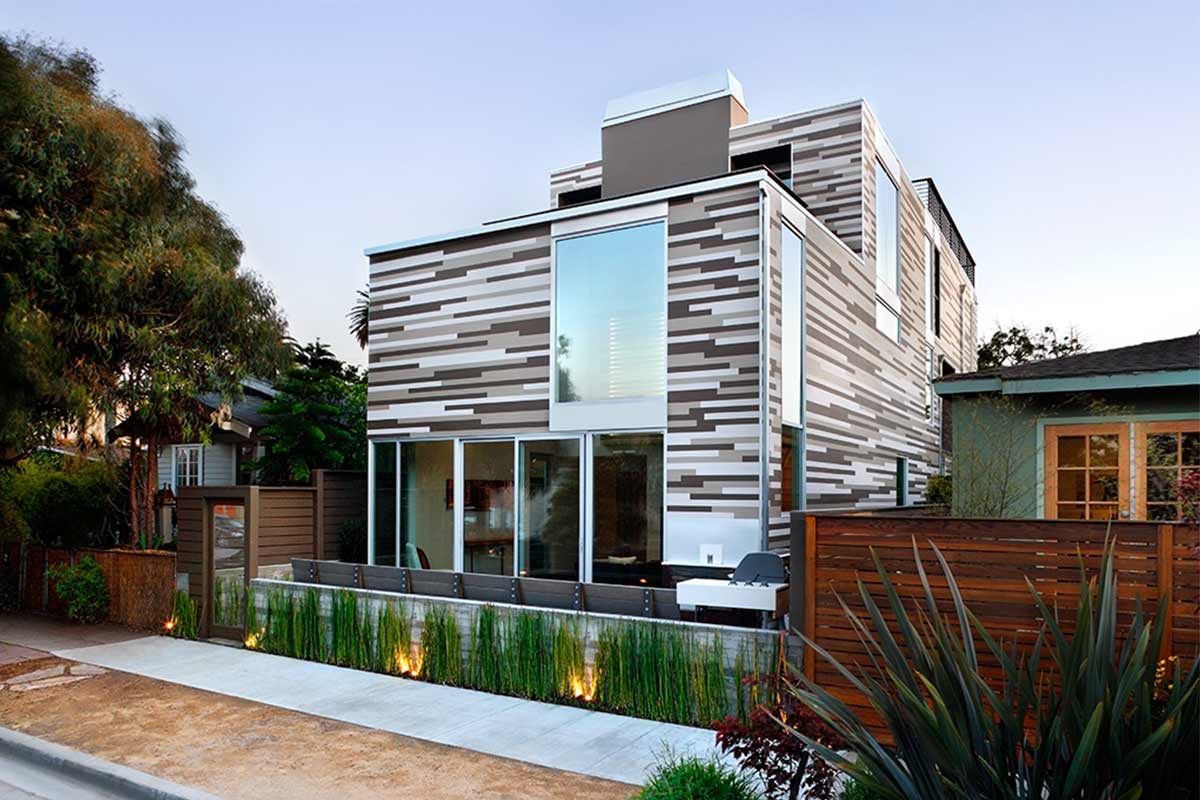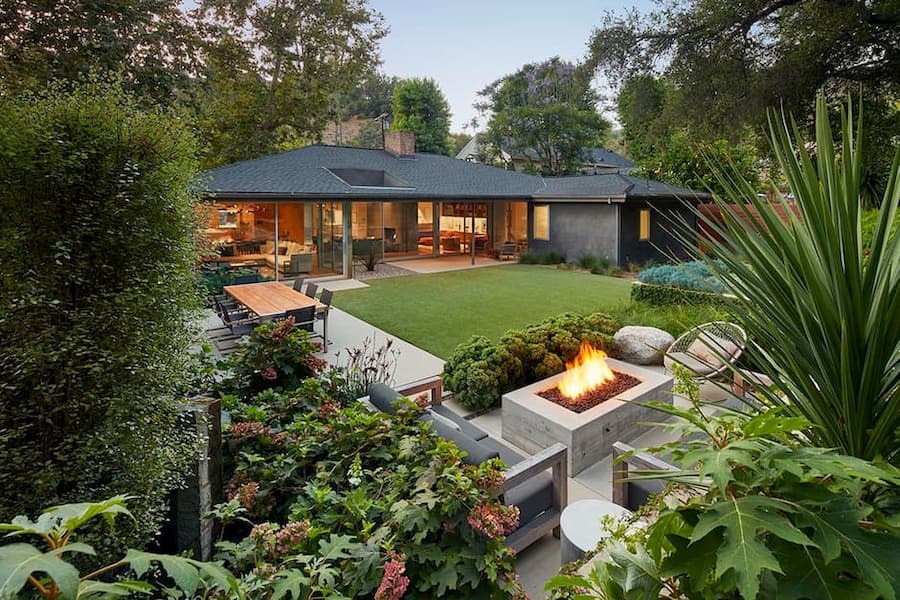Daylighting in Architecture: Best Ways to Maximize Natural Light
When it comes to describing the look and feel of a modern home, some of the first adjectives that come to mind for many are light, bright, and airy. These qualities are central to modern home design as they reflect the desire to establish a strong connection to nature.
If you are thinking about designing and building your own custom home and have a desire to maximize natural light in your home, there are a number of ways that you can go about achieving this goal. One such approach is through a concept known as daylighting.
What is daylighting?
The term daylighting refers to the art of controlling the natural light that enters a space through design considerations such as windows and other openings. Through the use of various daylighting techniques, architects are able to thoughtfully manipulate the design of a home to maximize the natural sunlight that it receives.
Below are several daylighting strategies and considerations that you can bear in mind when designing your home in order to take advantage of natural light in your space.
Considerations for Maximizing Natural Light in Your Home
1. Orientation
When planning out the design of your home, the orientation of the structure will play an important role in the lighting of the space.
Think about the direction your windows will face. North-facing windows will receive less light and less solar heat gain as a result. Southern-facing windows can be beneficial in the winter as the southern sunlight will bring heat along with it. Not only will this play a role in the amount and quality of light in the home, but it can also impact energy efficiency.
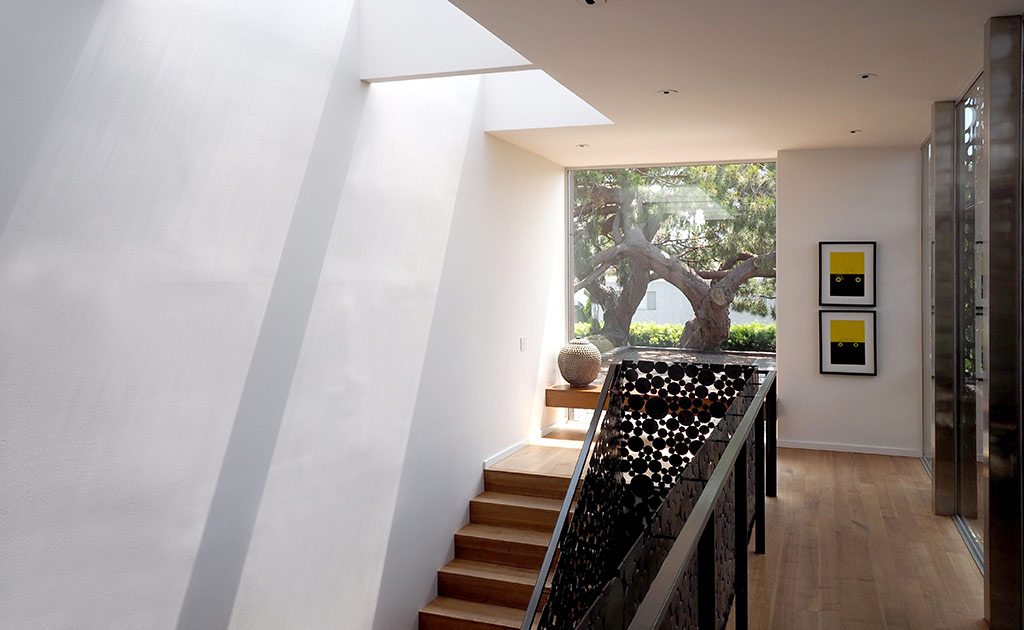
Surrounding buildings and environmental factors will also influence the amount of sunlight you can take advantage of. For example, lots with close neighboring structures will need to find a balance between capturing sunlight and maintaining privacy. Trees and other landscape components may also need to be addressed.
2. Types of Openings
In addition to the more standard idea of windows, consider the different types of openings you can leverage to maximize the amount of natural light in the space. Skylights, for instance, let in light from above which can be a practical solution to maintaining privacy without sacrificing natural light. Similarly, light wells bring in light from high windows which filters down to the room below, creating a soft lighting effect.
Large sliding glass doors are yet another way to bring in an abundance of daylight. Creating such openings also serves to establish a strong connection to nature and allows the architecture to blur the boundaries between indoor and outdoor space.
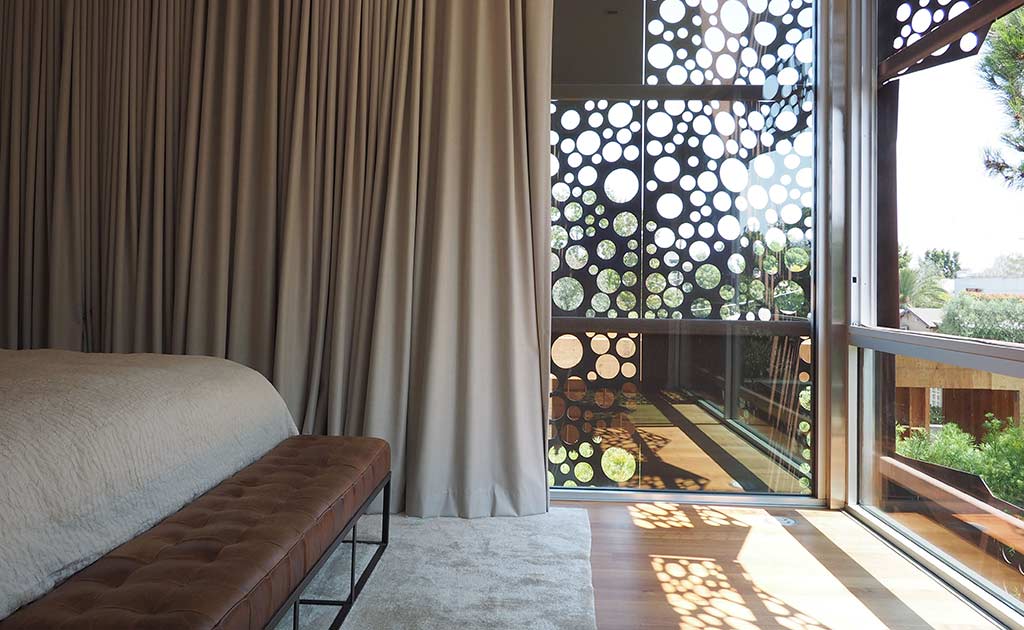
On the other hand, in cases where direct sunlight should be limited, such as in rooms that might be prone to overheating, picture windows can control the amount of daylight that enters the space and effectively limit excess solar heat.
3. Window Coverings
Window coverings come in many different forms and can serve both an aesthetic and a practical purpose.
While window coverings can sometimes feel like an afterthought, it can be beneficial to think about your options during the design phase before your home is even built. For example, incorporating exterior window coverings such as screens can manipulate the way that the light shines into the home or block it out completely.
Artful screens such as the one featured in the Walnut Residence can be used to create a dappled light effect, adding visual interest and influencing the overall experience of the space.

4. Other Considerations
When designing your home to make the most of natural daylight, there are several other considerations to bear in mind.
In general, taller rooms with large windows will draw light deeper into the space, effectively amplifying the brightness of the room and its connection to the outdoors. Similarly, the interior finishes and color palette of the space can also make a difference. A room that is painted in white or light neutrals will reflect much more daylight than a room with black finishes, for instance.
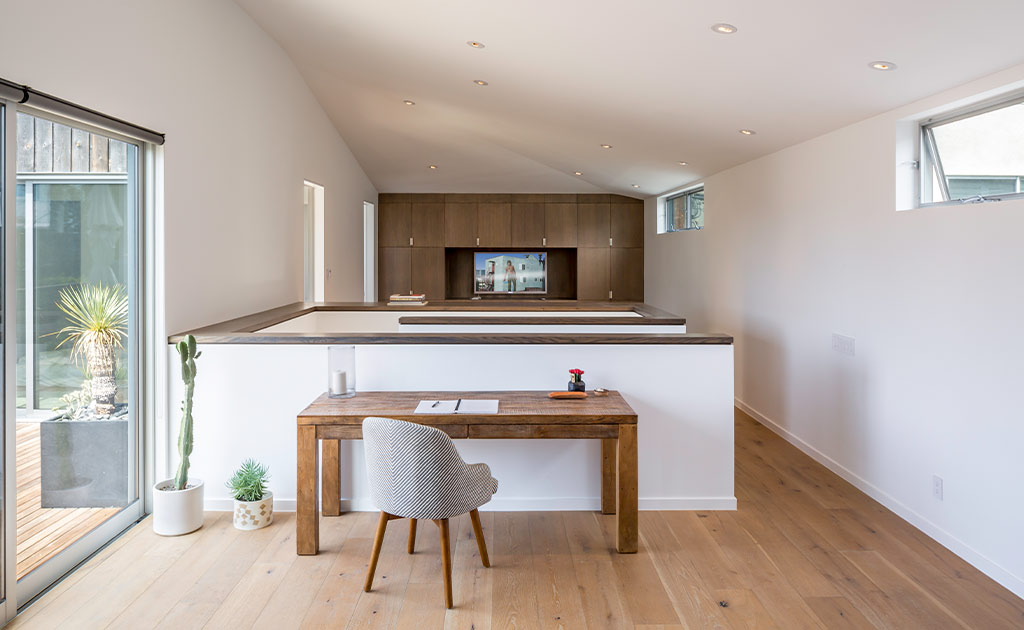
It’s also important to consider spaces where daylight should be controlled in order to limit excess heat gain. In these cases, deeper overhangs on the exterior of the house will reduce the daylighting of a window placed below. As mentioned above, decorative screens can serve the same purpose while also maintaining an aspect of privacy.
Designing for Daylight
Thinking through the use of natural light in your home during the design phase can pay off immensely when your project is complete. Using the strategies above, you can thoughtfully create a space that feels bright and welcoming. A skilled architect will be able to guide you through the design process in order to create a home that works for your needs.



